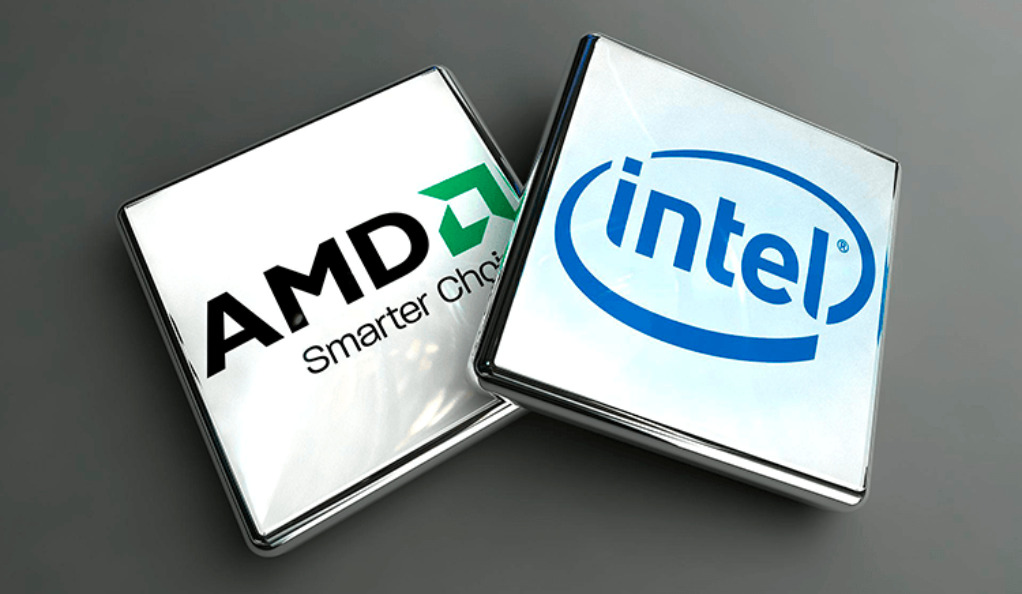As the global chip slowdown starts to dissipate, tech investors are turning their attention back to the major players in the semiconductor industry: Intel and Advanced Micro Devices (AMD). The slowdown, which was primarily attributed to the global pandemic and US-China trade war, had a significant impact on both companies, thereby affecting their stocks. As the situation improves, it becomes increasingly important to evaluate the performance of Intel and AMD stocks and predict future trends.

Examining the Performance of Intel and AMD Stocks
In 2020, despite the semiconductor slowdown, AMD outperformed Intel. AMD’s stock rose by approximately 85%, while Intel’s fell by about 17%. AMD’s success can be attributed to its superior product line and manufacturing technology, which has enabled it to gain market share from Intel in both the consumer and server market. On the other hand, Intel faced supply chain issues and delays in its next-generation chips, which dented investor confidence.
Although Intel’s stock price fell in 2020, it should not be written off just yet. Intel is still the largest semiconductor company globally, and it has a dominant position in the profitable server market. Furthermore, Intel is making significant investments in its manufacturing capabilities to regain its technological edge. In contrast, AMD’s performance has been stellar, but the stock is trading at high multiples, which means it may be overvalued.
Predicting Future Trends as Chip Slowdown Ends
As global economies start to recover from the pandemic and the chip slowdown ends, demand for semiconductors is expected to rise. The growth in remote working, online education, and digital entertainment will continue to fuel demand for personal computers and servers, which will benefit both Intel and AMD. However, the companies might face different trajectories.
AMD is well-positioned to continue its growth trend. It is expected to benefit from its strong product portfolio and its partnerships with leading tech companies. However, investors should be cautious due to the high valuation of AMD’s stock. On the other hand, Intel is facing both opportunities and challenges. It needs to overcome its production issues and launch its next-generation chips successfully. If Intel can execute its plan, its stock may provide a good buying opportunity due to its lower valuation in comparison to AMD.
In conclusion, both Intel and AMD present intriguing investment opportunities as the chip slowdown ends. AMD has been performing exceptionally well, but its high valuation may be a concern. Meanwhile, Intel has faced challenges, but it could offer a potential rebound opportunity if it can overcome its issues. Investors should closely monitor these two semiconductor giants, considering their individual strengths, weaknesses, and market conditions. As always, it is essential to carry out thorough research and consider one’s risk tolerance before making any investment decisions.
ChesWorkShop commits to presenting fair and reliable information on subjects including cryptocurrency, finance, trading, and stocks. However, we do not have the capacity to offer financial guidance, advocating instead for users to conduct their own diligent research.
